The Third Pillar of Data Culture: Data Governance
Alation
NOVEMBER 23, 2021
The same could be said about data governance : ask ten experts to define the term, and you’ll get eleven definitions and perhaps twelve frameworks. However it’s defined, data governance is among the hottest topics in data management. This is the final post in a four-part series discussing data culture.


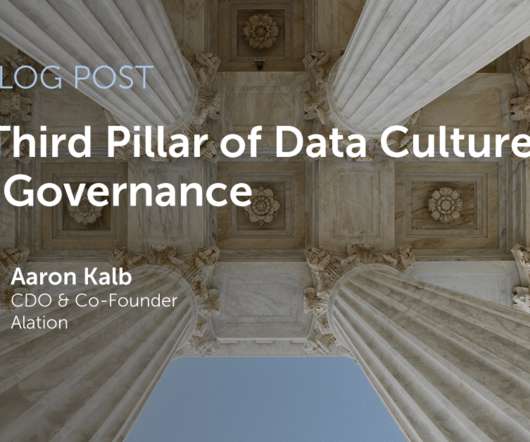
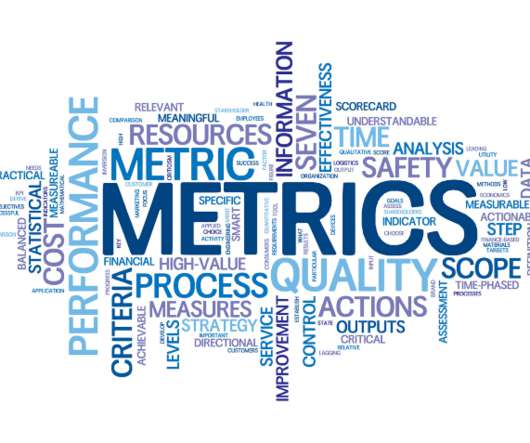

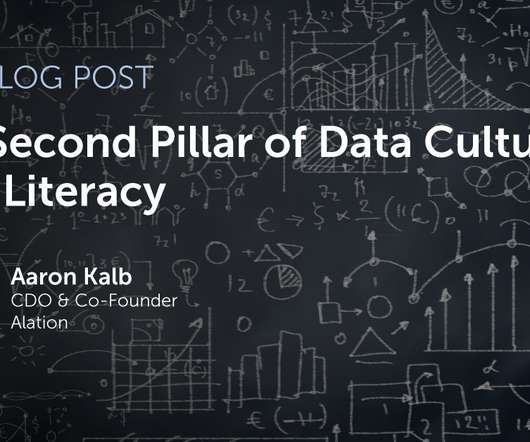
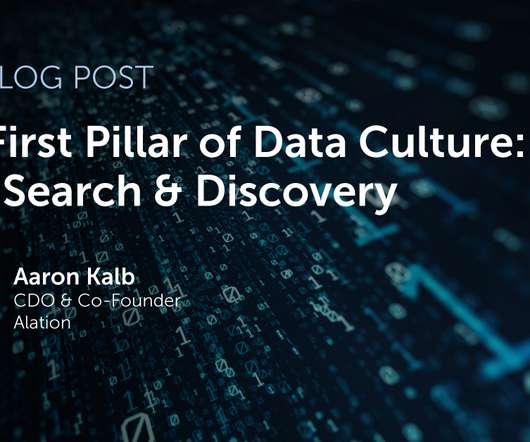
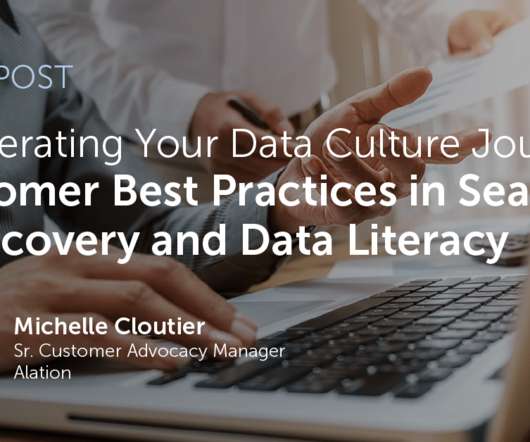








Let's personalize your content